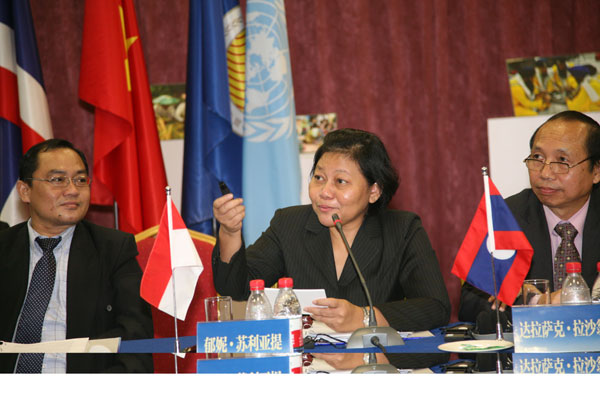
By: Yuni Suryati
Counsellor of Social and Cultural Affairs, Indonesian Embassy in Beijing
As a country that consists of more than 350 ethnic groups, Indonesia is very rich with cultural heritage, both tangible as well as intangible.
Indonesia has ratified UNESCO Convention for the safeguarding of the Intangible Cultural Heritage in 2007.
To safeguard the Intangible Cultural Heritage involves some institution from all levels. In Indonesia, there are 3 (three) institutions that take roles, such as: National Government, Local Government, and Communities.
Indonesia took several actions as solutions to overcome threats to intangible culture, among others are:
1. Strengthening the cultural law;
2. Encouraging the communities and NGOs to participate actively in efforts for preservation and development of culture at national or local level;
3. Encouraging the local government to give more attention to society development through culture, in case where the local government is a facilitator;
4. Giving broader opportunities for communities concerning their views to express their cultural values, and create a healthy climate for the expansion of cultural industry.
Indonesia has 6 World Intangible Cultural Heritages acknowledged by the UNESCO. They are:
1. The Wayang puppet theatre (2003).
2. The Indonesian Keris (2005)
3. The Indonesian Batik and
4. The best practices of Batik (2005)
5. The Indonesian Angklung (2010)
6. Saman dance (2011)
Meanwhile, the Indonesian Government has registered three Intangible Cultural Heritages, namely: Balinese Traditional Dance, Noken Papua Handicraft, woven fabrics from Sumba and the Best Practices of the beautiful Indonesia in Miniature Park (TMII)










